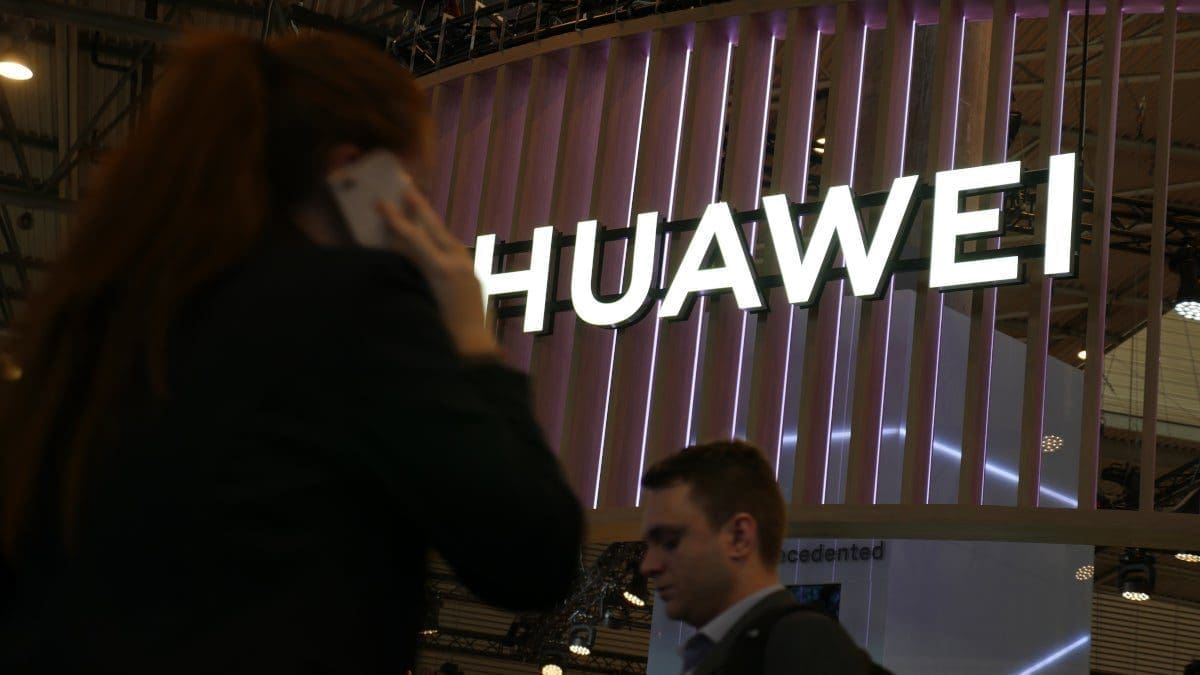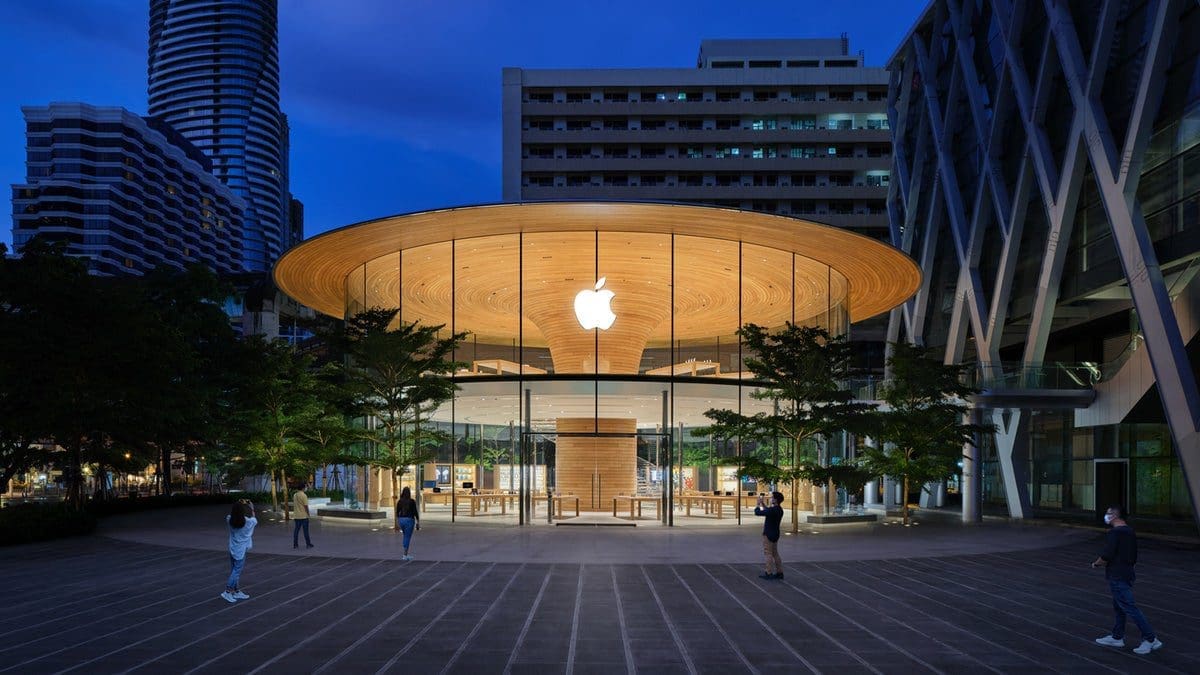The Huawei Vision, like the Apple Vision Pro, will come with 4K Sony micro-OLED panels. However, there are some key differences between the two headsets. For example, Huawei’s version will not have a feature similar to Apple’s EyeSight, which allows others near the user to see a representation of their eyes. Additionally, while Huawei made waves last August by launching the Mate 60 series with its first 5G chip since 2020, Apple’s Vision Pro is expected to have a significant edge in performance with its M2 and R1 chips.
According to current rumors, Huawei will rely on its own chips, likely developed by its HiSilicon semiconductor unit. However, it remains unclear how Huawei will be able to obtain cutting-edge chips. China’s largest foundry, SMIC, is unable to acquire an extreme ultraviolet lithography (EUV) machine due to U.S. sanctions – a tool that is necessary for producing cutting-edge SoCs. Nevertheless, SMIC is reportedly set to produce 5nm chips for Huawei later this year using its currently-owned deep ultraviolet lithography machines.
Despite these challenges, it is rumored that Huawei’s Vision will offer a spatial computer that is nearly half the weight and expected to be half the price of Apple’s Vision Pro. With an anticipated price in the range of $1,750, if it proves to be more than half as capable as Apple’s Vision Pro, Huawei could be onto something remarkable.
The story of how Huawei manages to obtain the chips needed for its Vision “rival” will likely be an interesting one once it becomes public knowledge. Stay tuned for further updates on this intriguing development in the telecommunications industry!










